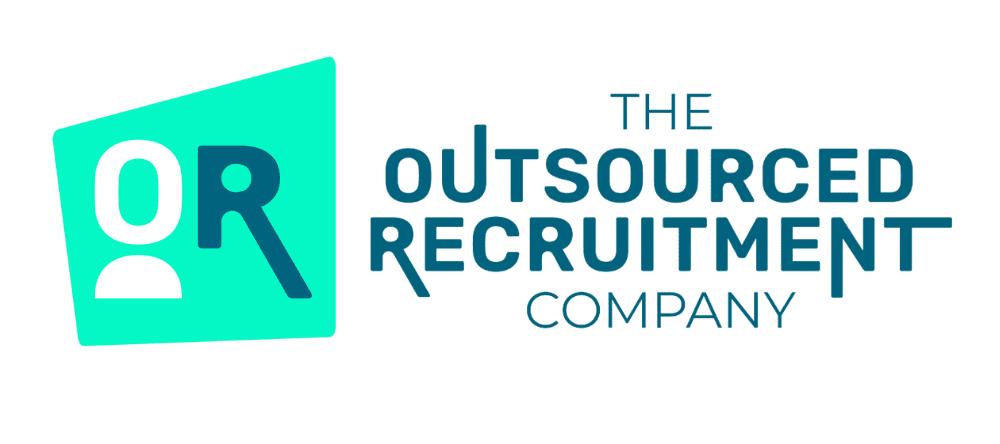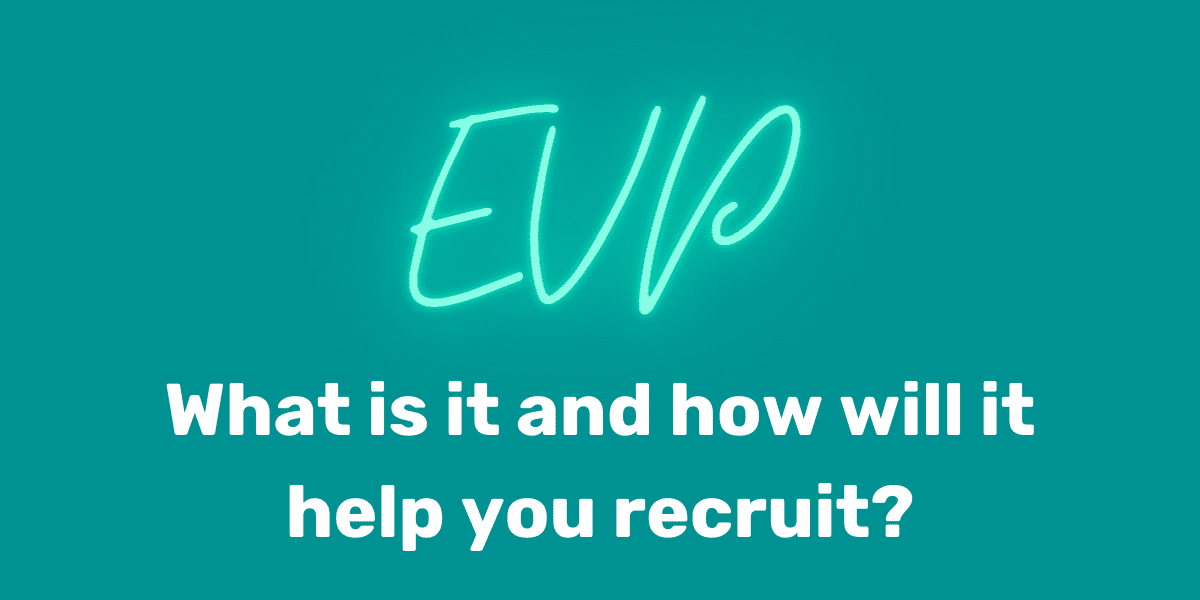With recruitment marketing on the rise, you may have heard of the term EVP (Employee Value Proposition).
In a candidate-led market, with 5.5million new businesses forming in the past year, it’s not enough to just advertise a role with your company. You need to be building an employer brand strategy, with your EVP forming part of this.
Let’s start with the basics, what is it?
EVP stands for Employee Value Proposition, which in a nutshell is your unique offering to job seekers.
It’s a roundup of the benefits that you offer in return for a person’s skills, experience and performance. The benefits included should not just be financial or statutory, this is your opportunity to showcase exactly why someone would want to work for you.
What should you include in your EVP?
Your EVP should highlight everything that you offer as part of your benefits package under these 5 categories:
Compensation
This is section includes any financial benefits, such as the salary (which should be fairly paid) and any additions to your salary, like bonuses, pay reviews and ownership opportunities.
Benefits
Share any actual benefits that sit alongside your financial offering. This includes annual leave, parental and adoption leave, insurance, pension contribution, memberships or vouchers.
Work Environment
Use this section to build a picture of your working environment. This includes the physical work location and its benefits (examples include modern office, free parking, pet friendly, dedicated social space) and whether you offer hybrid, remote or flexible working.
Career/Personal Development
This is an opportunity to talk about how you invest in your employee’s career. You should mention your training policies (and whether the company pays for this and provides study time within working hours), opportunities for progression, career paths (to help candidates to see whether this role supports their long-term career goal) and any other opportunities for growth.
Culture
This section should link with your company values and talk about your team. Culture is a really important factor for job seekers so this is an area they will be keen to read about.
Now you’ve determined what your EVP looks like, how will it help you recruit?
As we mentioned, your EVP should encapsulate your unique offering as an employer. By making this visible to job seekers you are aiding their decision of whether to apply for your position.
In today’s competitive climate, job seekers will also use your EVP to compare you as an employer to other companies, which could include your direct competitors.
By sharing your EVP you are already demonstrating that you have a transparent and open culture, which is appealing to job seekers. Consequently, businesses who do not showcase their unique offering will naturally receive less applications, as candidates won’t want to apply for a role that doesn’t appear to have a full benefits package.
Your employee value proposition should form part of your employer brand, which will naturally support your recruitment and hiring process.
You can read more about how these align in our blog: How does managing your employer brand help with recruitment?


